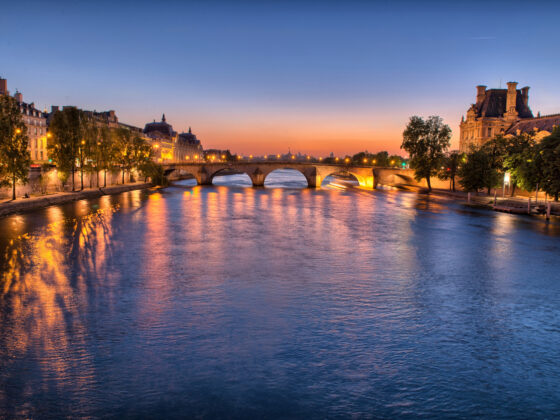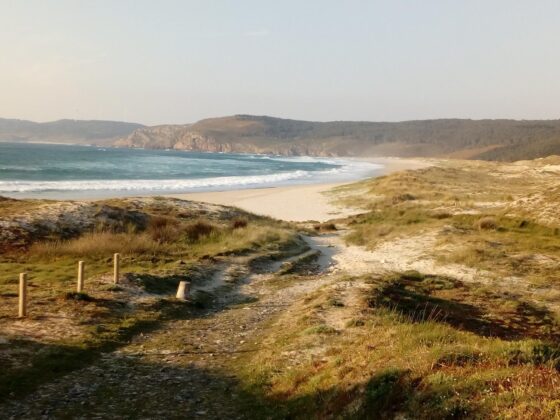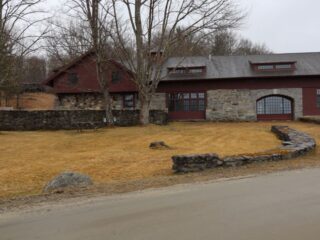By Dr. Ravi Shankar
“Welcome to Bhutan, the happiest place on Earth,” Sonam, a fit woman in her late 20’s, greeted us in perfect inflected English. She wore a magenta checked kira, a silken ankle length dress made of a single piece of woven fabric, with a cuffed toego, a short patterned jacket, on top. “I am your humble servant, and you are here only because of the generosity of His Majesty, King Jigme Khesar.”

As if on cue, Ram swiveled from the driver’s seat to beam a gigawatt smile at us. A framed portrait affixed to the dashboard of the waving king, his wife, and his royal child, did much the same. From the outside, with its flared roofs and sloping windows, the receding airport looked like a dzong, a traditional fortified monastery.
“Many people wonder why we are so happy,” Sonam continued, “for it is said that even a stray dog here had the most auspicious rebirth. Why? We are hopeful country. Young country”—true, the median age in the country is under 30 years old—”and only country in world that has laws to protect the environment.”
A seeming overgeneralization but again, Sonam spoke the truth, for Article 5 of the Bhutanese constitution declares, “every Bhutanese is a trustee of the Kingdom’s natural resources and environment for the benefit of the present and future generations and it is the fundamental duty of every citizen to contribute to the protection of the natural environment, conservation of the rich biodiversity and prevention of all forms of ecological degradation including noise, visual and physical pollution through the adoption of environment friendly practices and ethos.” Over 60% of its land is protected forest cover, the largest percentage of any Asian country. Even the two-lane highway wending towards Thimpu through the sandstone mountains and blue pine forests was pristine.

We wound our way through valleys of sandstone mountains and blue pine forests by the intersection of the Pa Chhu and Wang Chhu rivers. Beyond an occasional home with painted wooden eaves, the landscape was vast and empty until our first pit stop: Tachogang temple.
Surrounded by peaks, a swaying iron chain bridge crossed a full-throated river. In the distance, a family of tall white prayer flags rippled spirit-like in the wind. We would later learn that these were the mandihar, 108 flags raised on behalf of a deceased ancestor as a way of remembering them. Forged by Thangtong Gyalpo, the 14th-century “Iron Bridge Maker,” the bridge embodies liminal space, that graced time of uncertainty, where something genuinely new can happen as American Franciscan priest Richard Rohr once put it.
We walked across the wooden walkway suspended over centuries, ribboned with the more ubiquitous prayer flags, the lungdhar in squares of blue, red, green, white and yellow. Each color an element to keep in harmony: sky, fire, earth, water, air. Om Mani Padme Hum. On the other side of the bridge, the quality of air changed. We breathed in the faint smell of burning juniper with a clarifying sunlight all around us. Sonam and Ram had left us alone, explaining nothing, so children in a playground, we wandered.
Upon closer inspection, the simple temple showed intricate woodworking, sloping roofs adorned with golden finials, but because it is now privately run by the descendants of the “iron bridge yogi, Thangtong Gyalpo, which translates as “King of the Empty Plains,” we had not sought prior permission to enter so could only traverse the grounds where we were soon stupefied by the proliferation of miniature stupas—hundreds, no, thousands of conical clay castings stuffed into every crevice, along the base of the temple and nestled into each rocky outcropping; these unexpected villages of miniature sculptural votive offerings looked like fleets of tiny UFOs, some painted gold or ochre, others the color of cement dust or red clay.
The Americans in us wondered if they were souvenirs to bring home, but thankfully we resisted the urge for we would find out that some were empowered with a tiny scroll of mantra placed within its hollow, while others were molded with ash collected from funereal cremation pyres. They were a way to honor one’s ancestors, else make sculptural a devout prayer to cure illness, prevent disaster or attain atonement.

Standing there under the grandeur of the mountains, the turbulent, curling river, the flapping prayer flags and the miniature stupas, a sheen of eudemonic delight and heightened astonished awareness washed over me, reminding me again of why we travel. Perhaps it’s adaptive to endure in a slightly benumbed state in our daily lives, slow to startle or to take too much note of the peculiarity of the everyday, but just hours after landing in Bhutan, the air sliding more vividly into my lungs, I could easily believe there were still many hidden treasures to be found and that we were setting out in search of them.
Pushcart-prize winning poet, Dr. Ravi Shankar is the author / translator / editor of 17 books, including the Memoir Magazine and Connecticut Book Award finalist “Correctional,” the Muse India-award winning translations of Andal, “The Autobiography of a Goddess,” and W.W. Norton & Co’s “Language for a New Century,” called “a beautiful achievement for world literature” by Nobel laureate Nadine Gordimer. He has appeared in The New York Times, The Paris Review, Caravan, The Chronicle of Higher Education and on the BBC, NPR and the PBS Newshour. He founded Drunken Boat, one of the world’s oldest electronic journals of the arts, has won residences and fellowships from the Corporation of Yaddo and the MacDowell Colony, been featured at Ubud and the Jaipur Literary Festival, given a TEDx talk on #impuritanthinking and currently teaches creative writing for the New York Writers Workshop and at Tufts University.











